Food Processing

Food processing encompasses a multitude of different processes ranging from dry grain handling, baking, cereal and coffee grain torrefaction, fermentation, fish-meat-poultry processing, cooking, and up to ready-to-eat (RTE) meat products. The nature and means of propagation of related airborne contaminants need to be assessed in the design of appropriate dust/mist control systems.
Bioaerosols
Airborne microorganisms or bioaerosols – solid or liquid submicron particles suspended in air that carry microbes and sometimes dangerous pathogens – may compromise the quality and safety of the environment as product is transformed and moved across the processing plant. These include bacteria, yeast, fungi, viruses, and pollen.
Means of propagation
They may develop in inconspicuous areas such as on forklifts as they move across floors where spilled product or standing pools of water harbour microorganisms, or where condensate has accumulated over a period of time in HVAC units. The microorganisms may remain suspended in air and follow air currents as dictated by vehicle traffic, high-to-low pressure zones, cold-to-warm areas or through large forklift doorways. Under controlled conditions, however, bioaerosols will not survive vigorous air movements associated with air make-up changes in well-designed ventilation systems. These suggest the need for well-filtered, positive pressure in rooms that require hygienic measures exceeding Good Manufacturing Practices (GMP).
Airborne contamination categories of processed foods:
Dusts Generated when Handling Dry Media
Dry dust sizes range from fine to coarse particulate matter. The microorganisms that aggregate to particles become airborne as product is conveyed or displaced such as at bagging or dumping stations.
Means of propagation
The size, process, speed and material properties influence dust characteristics and their propagation, often far beyond the immediate vicinity of operations. Their behavior is a function of the nature of the particle substrate, vehicle traffic as well as air transport. They may agglomerate or absorb available moisture (hygroscopic) or worse, be prone to self-heating and spontaneous combustion, possibly explosion.
Wet Emissions such as Cooking Grease or Smoke
The nature of emissions from cooking – heat, grease-laden vapors and steam – associated with deep frying processes in commercial kitchens to the smoke originating from solid fuel burning or roasting applications dictate the need for ventilation with fire-suppression systems.
Hazards
Heated vegetable oil and animal fat produce grease, whose particle size may be only slightly greater than 1 µm. They constitute a class K fire hazard which commands the design and installation of appropriate ventilation control / fire protection pursuant to NFPA 96.
Risk evaluation & control
Designing dust / mist controls in food processing starts with a thorough evaluation of the processes and contaminants found. Cartridge dust collectors are suited for dry dusts while mist collectors are best adapted for wet emissions from kitchen cooking exhausts.
IMPROVE AIR HANDLING OF YOUR FACILITIES
I WANT TO KNOW MORE
![]()
Additional tools to improve the safety and reliability of your system
Solutions that limit or control propagation of airborne contaminants in food processing may require additional tools to improve the safety and reliability of their systems. Cyclone pre-filters, stainless steel design, ledge-less hoods and conduits, stainless steel surface finishes (2B+) and FDA compliant paint may prove to be beneficial. When handling combustible dusts, we recommend chemically-treated fire retardant cartridge filters and explosion venting for collector housings.
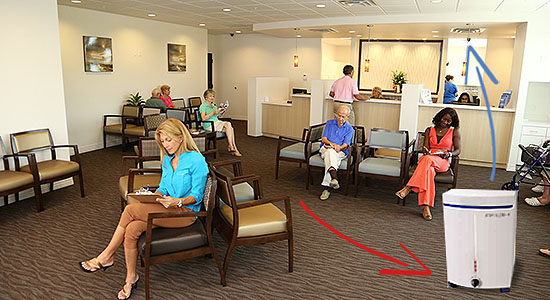
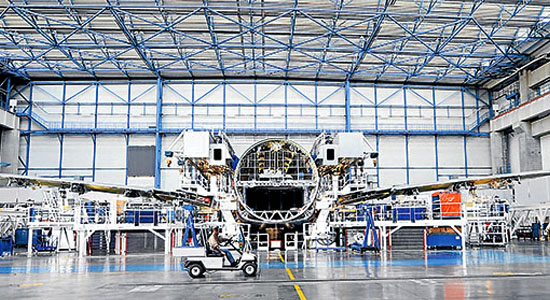
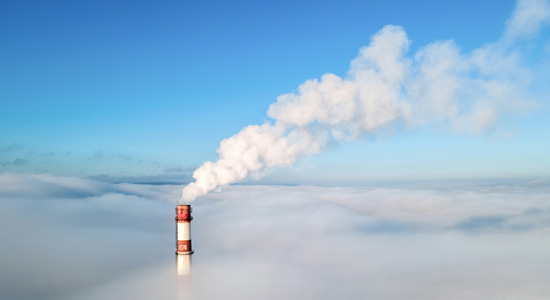

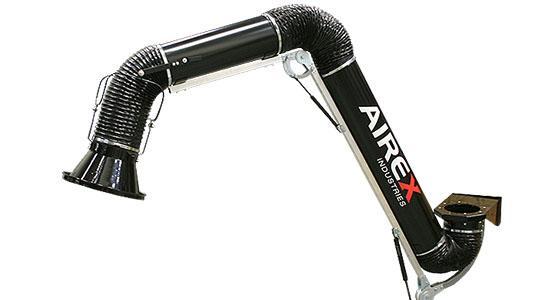
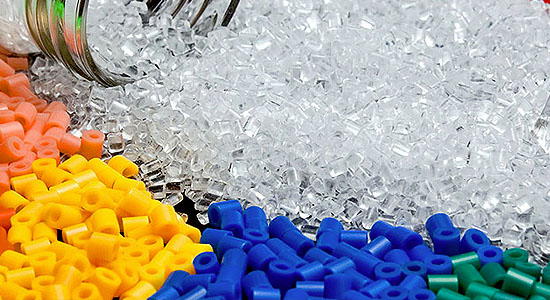
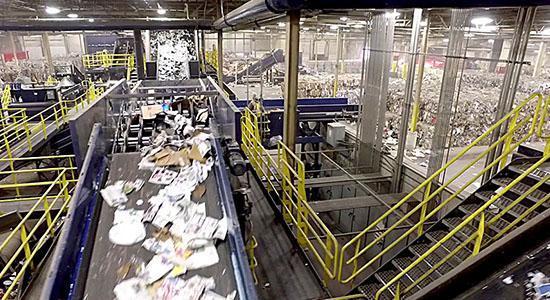
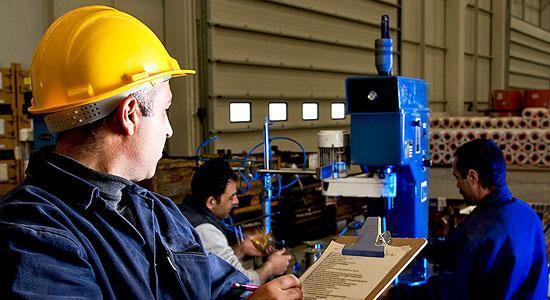
 Not sure what product fits your needs, or you looking for advice about the best solution for your problem?
Not sure what product fits your needs, or you looking for advice about the best solution for your problem?